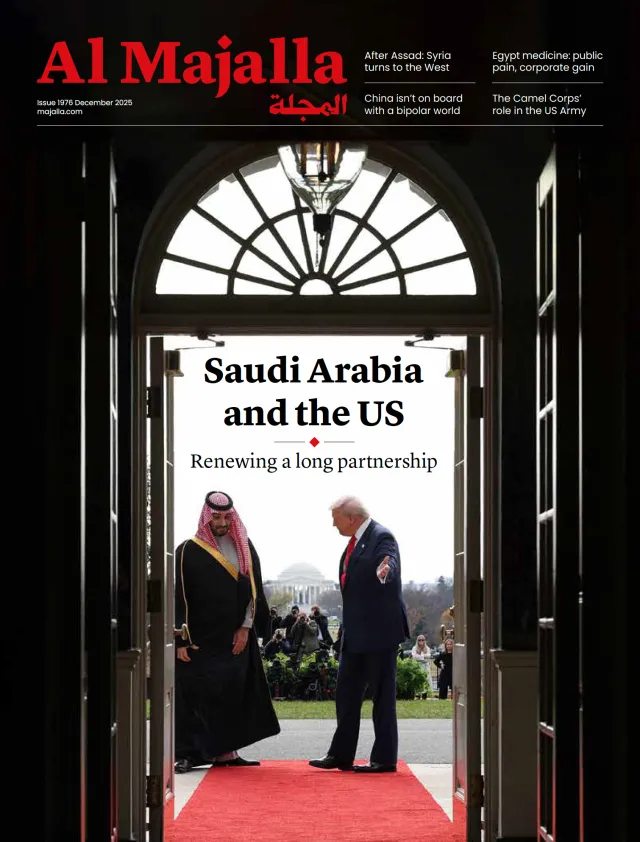The current round of US-Iranian negotiations—the first held in Muscat, and the second to take place in Rome—is markedly different from previous rounds. Iranian Supreme Leader Ali Khamenei understands that the region is no longer one where Iranian proxies can freely roam and cross borders under the umbrella of US-Iranian understandings. He also knows this is 2025, not 2015, and he is dealing with Trump, not Obama.
In 2015, under President Barack Obama, Iran was making sweeping gains in the region. It was deeply embedded in the Syrian conflict, supporting Palestinian factions, backing the Iraqi Popular Mobilisation Forces (PMF), and assigned Hezbollah the role of extending Tehran’s influence across Lebanon and the wider region.
Calculating that there was little it could do to stop this aside from waging an all-out war on Iran, the US agreed to separate the nuclear file from both Iran’s regional ambitions and its ballistic missile programme—culminating in the 2015 nuclear deal.
Iran took this as a green light to strengthen its hand in the region and, since then, has invested heavily in what became known as the Shiite Crescent—a connected arch of allies stretching from Tehran to Beirut via Baghdad and Damascus.
However, in Trump’s first term as president, one of the first things he did was tear up the nuclear agreement and adopt a “maximum pressure” policy on Tehran—imposing swingeing sanctions that cut off the arteries feeding Iran’s regional proxies. Two years into his term, he ordered the assassination of Iranian Quds Force commander Qasem Soleimani while he was in Baghdad.




